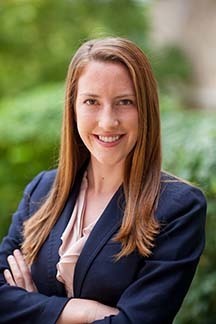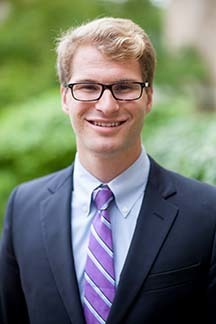

This past weekend, the University of Notre Dame – in conjunction with the Boler-Parseghian Center for Rare and Neglected Diseases – hosted its annual Rare Disease Conference. This was a two-day event covering both laboratory science and benchtop research discoveries in addition to patient outreach and rare disease community-building. The unique opportunity to mix cutting edge research alongside first-hand experience from rare disease patients and their family was an incredible experience for the students, faculty, and members of the Notre Dame community.
There are over 7,000 distinct rare (also known as “orphan”) diseases, affecting nearly 1 in 10 Americans. Because orphan diseases are so variable, diagnosis and treatment is challenging to primary care physicians. Many orphan disease patients must consult with specialists, but due to low disease prevalence, the number of specialists is quite limited. Though rare diseases are classified as conditions with prevalence of less than 200,000 in the United States, often times there may only actually be a few hundred or thousand suffering from the disease. Not only does this result in little academic or commercial research and development efforts directed towards specific rare diseases, but also results in patients and their families feeling isolated or alone in their fight. This is why events such as this Rare Disease Conference at Notre Dame are imperative for showing the community all those advocating on their behalf.
Throughout the symposium, researchers highlighted experimental techniques and therapeutic developments in rare cancers, neurological disorders, and genetic anomalies. Perhaps the most distinct aspect of the weekend was the significant time spent showcasing the global achievements and research advancements in two emerging rare disease fields: Non-ketotic hyperglycinemia (NKH) and Niemann-Pick Type C (NPC). Research presentations were diverse in focus, approach, and their potential applications. Clinical researchers discussed their analysis of neurological phenomenon observed in NKH patients shortly after birth, while computational biophysicists walked the audience through a means of studying protein folding in rare lysosomal storage disorders. It is clear that the University of Notre Dame understands that tackling rare disease requires a multidisciplinary approach, with significant efforts from not only clinicians, but biochemists, computer scientists, and human-centered designers.
As the conference segued into Day 2, the discourse transitioned to the patient outreach program and the mood in the room palpably shifted to one of optimism, solidarity, and hope. Patients and caregivers alike were encouraged to present their personal journeys and successes. During one of these particularly impactful sessions, NKH families were invited to join an on-stage panel. They were then joined remotely by nine international patient families video-conferencing in from places like Nova Scotia, Portugal, England, and Italy. Day-to-day, these families live in isolation from others with the same condition, so having the opportunity to network and share experiences was unequivocally touching.
As we round out our final semester on the campus of Our Lady, it is important to engage in discourse about social topics like rare diseases. Notre Dame has instilled in all its students a deep sense of commitment to the preferential option for the vulnerable. Partaking in Rare Disease Day is one of the many ways – both academically and personally – that others can get involved to catalyze change.
Originally published by at esteem.nd.edu on February 16, 2017.